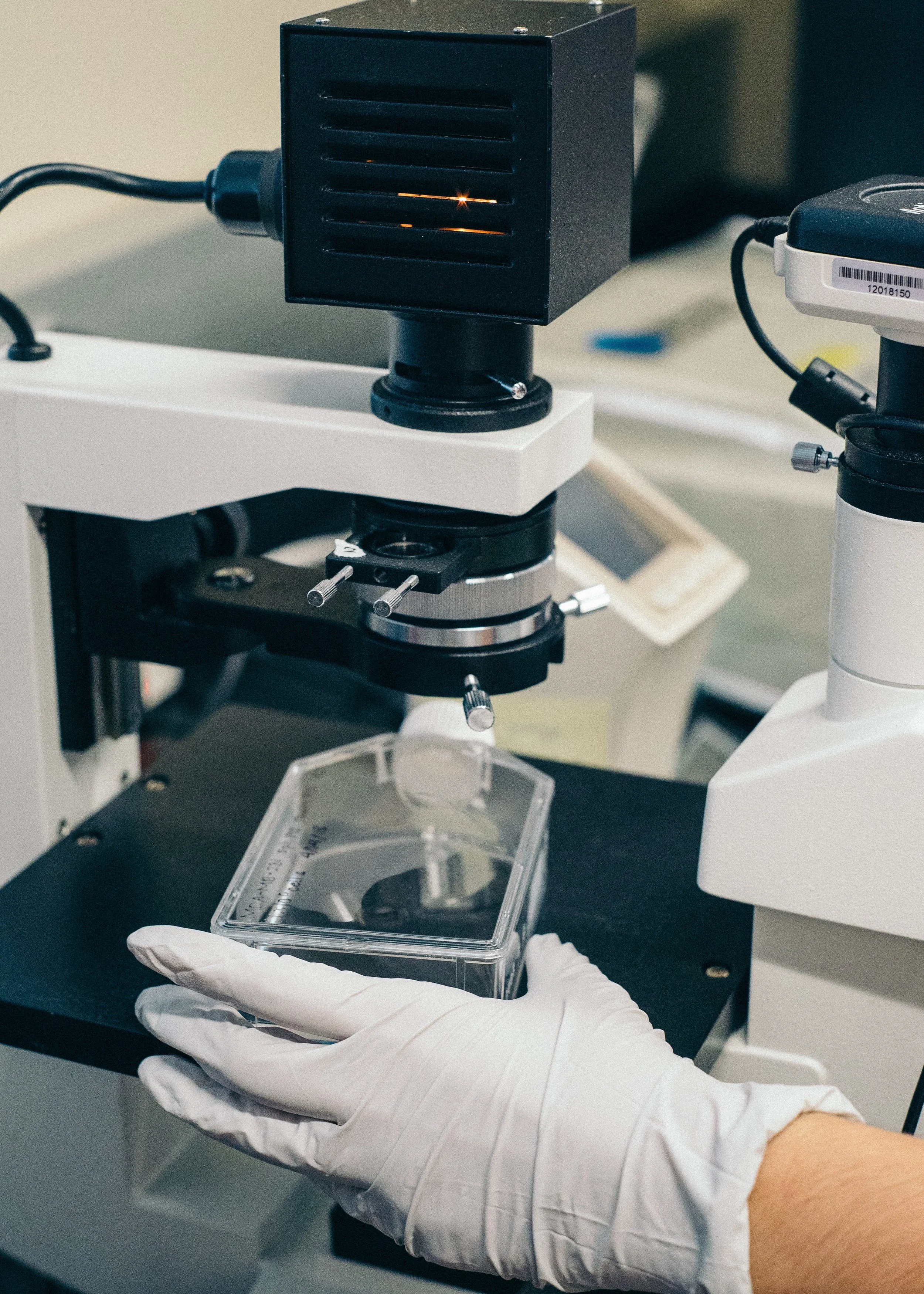Sustainability in research: the case for open access
by Jade Sterling
Open access is a mechanism by which research outputs are distributed online, free of cost or other barriers, and with the addition of an open license which removes most restrictions on use and reuse. The case for making research data available seems indisputable: it allows findings to be verified, experiments to be accurately repeated, and wide-scale analysis. Locking scientific knowledge behind paywalls may become a thing of the past as fields advance more rapidly than ever and collaborations become crucial for success.
Various studies have investigated the extent of open access, with one from 2010 finding that roughly 20 percent of the total number of peer-reviewed articles published in 2008 could be found openly accessible. A study of random journals in 2013 found that 88 percent were closed access, and 12 percent were open access.
A study of random journals in 2013 found that 88 percent were closed access, and 12 percent were open access
Academics are not paid for their article contributions to journals; they’re ‘paid’ in experience and elitist recognition for having been published. However, academics often have to pay fees to submit their articles to journals and then to publish them. The peer reviewers typically aren’t paid either. That’s an industry built on getting taxpayer-funded and highly-skilled labor for free, or even being paid to receive it, and then disseminating it for exorbitant prices.
While many of the more reputable journals and companies are not just publishing any article that gets submitted to them for a fee—all articles undergo intense scientific vetting—they’re making science even more expensive and less accessible.
But the open access movement is gaining traction.
All science funded by NASA is freely accessible; the space agency shifted to open access in 2016. The same year, the European Union’s Competitiveness Council, a gathering of ministers of science, innovation, trade and industry, agreed to make all publicly funded scientific papers published in Europe free to access by 2020.
Publication of the results of research supported by public and public-private funds will be freely available to and reusable by anyone, making the latest scientific insights from Europe accessible to teachers, doctors, entrepreneurs, patients looking for research on their conditions, and anyone with an interest in any particular topic.
Academics are not paid for their article contributions to journals.
In many cases, sharing raw data is a necessary part of publishing research: the US Public Library of Science (PLOS) journals require authors to make all data underlying the findings described in their manuscript fully available without restriction at the time of publication. When specific legal or ethical requirements prohibit public sharing of a dataset, authors must indicate how researchers may obtain access to the data. Refusal to share is grounds for rejection.
At the Times Higher Education Asia Summit, hosted by Khalifa University, Dr. Vincent Emery, Senior Vice President, Global Strategy and Engagement, University of Surrey, opined that data sharing is accepted: ‘I’ve done a lot of work on mathematical modelling recently, based on big sets of clinical trial data – for anti-virals – and I would say that most of the time, when it’s far enough away from when that clinical trial was done, people are quite happy to share their core data. I think the closer you are to when that publication occurs, the more difficult it is sometimes to get the real core data.’
Anders Karlsson, Vice President, Global Strategic networks at Elsevier, agrees: ‘We’re seeing more and more that there are calls, and even government mandates, for sharing the underlying research data. We can see that publications with the underlying data available are actually more cited. Data should be there: it should be findable, reproducible and able to be converted into different formats. This will all make science more accessible—and that’s a very good thing.
‘It comes with challenges though: do you want to share your data before you are finished with your interpretations of it? This requires a change in mindset.’
Open access may be in the best interest of the research process, but it’s not cheap: currently, publishers charge academics to publish that way too. The fee to publish an open access article in Chemical Data Collections is $500—to publish in European Urology, it’ll cost $5,000. Of course, publishing anything isn’t free. There are steep costs associated with any kind of publishing, including digital publishing, with a bank of peer reviewers and editors, consistent quality gatekeeping, and an ever-growing number of articles needing to be paid for.
Open access may be in the best interest of the research process, but it’s not cheap.
Critics are also quick to point out the flaws in repository systems, where unedited versions of a paper may be deposited, meaning the whole system could lack quality control. Plus, the profits some societies make from their journals often get injected back into science through the ‘not for profit’ activities of the society. Moving to open access could mean an important revenue stream disappears and the activities of a society would suffer. The longevity of the scientific record is also a sticking point: critics argue that electronic archives lack the long-term stability of paper copies housed in libraries.
But the underlying issue is this: scientists and researchers are paying for their hard work, research, and ground-breaking discoveries to be part of a private industry that makes a fortune off their work at all levels of the business, in return for prestige.
In 2012, a mathematician at the University of Cambridge, Timothy Gowers, vowed to stop sending his papers to any journal from Elsevier. Within days, hundreds of researchers were commiserating with Gowers and pledged to join a boycott. In 2016, Gowers launched a new online mathematics journal called Discrete Analysis; it’s not-for-profit and is owned and published by a team of scholars with access completely free for all.
There are steep costs associated with any kind of publishing, including digital publishing, with a bank of peer reviewers and editors, consistent quality gatekeeping, and an ever-growing number of articles needing to be paid for.
Others are taking a more direct (illegal) approach: Kazakh neuroscientist Alexandra Elbakyan hosts Sci-Hub, a website with more than 500,000 daily visitors and more than 50 million academic papers. Sci-Hub pirates papers from behind paywalls and makes them accessible to all online; but again, it’s illegal.
A more ethical approach is to publish a preprint, a prepublication version of a study—a draft. However, these drafts are often not peer-reviewed, but advocates still think they’re a net benefit to science, as open access allows for the public discussion of papers—a peer review on a larger scale.
Preprints are growing in popularity as more of the field looks to circumvent the traditional journal. The latest system is known as an overlay journal: the editing and journal gatekeeping is overlain on top of preprints, where academics choose to peer-review an article, help revise it, and then a paper is awarded a stamp of approval. Gowers’ Discrete Analysis is an example of an overlay journal.
Preprints are growing in popularity as more of the field looks to circumvent the traditional journal.
As of February 2019, over 12,500 open access journals are listed in the Directory of Open Access Journals. Seemingly, the revolution is underway, but the incentive of traditional publishing prestige remains a real lure.
A researcher’s career can hinge on the number of publications they have in high profile or high impact journals: a paper in the right journal can be their ticket to a grant or a promotion. As long as these incentives exist, and institutions continue to base their pay scales and career opportunities on how many papers a researcher manages to publish.
While a larger swing to open access will require an overhaul of the current system, the open access model holds real promise for a more equitable system that benefits the public and ultimately our scientific culture.
‘Research and innovation generate economic growth and more jobs, and provide solutions to societal challenges… that calls for knowledge to be freely shared,’ said Sander Dekker, the Dutch state secretary for education, culture, and science. ‘The time for talking about open access is now past.’
‘The time for talking about open access is now past.’
Interestingly, even the big journal companies believe the future is open access.
‘Open science is to become the norm,’ said Karlsson. ‘Open science is going to make science more inclusive, more collaborative and more transparent. Transparency comes with reproducibility.
‘Every company like ours is really working to build the infrastructure to make this happen – it’s all about infrastructure, having repositories for publication of the data but also to support this mindset change.
‘There are many examples already. My background is in physics and gravitational wave detection research (such as LIGO and Virgo) has a repository of the underlying data from this software, all open so people can work and experiment on it to build new ideas.
‘That’s one way and I think this is going to continue, this increase in interest, but it requires also the build-up of the infrastructure, especially around the research data and we find that different disciplines have different demands for how data should be shared—what’s the format, and so forth. But it’s clear that the call for open access is just going to increase.’
Open science is going to make science more inclusive, more collaborative and more transparent.
The journals won’t suffer too much if the scientific world switches to open access. Even if companies lose their subscription income, they retain an enormous library in which to data mine: they can use analytics to report on research trends, recommend articles, and provide a match-making service for co-authors to collaborate on shared interests. That offers enormous profitable potential.
Besides, open science can be seen as a continuation of practices begun in the 17th century, when the societal demand for access to scientific knowledge reached a point at which it became necessary for groups of scientists to share resources so they could collectively further their research: the academic journal was born. Now, scientists want to continue sharing resources but away from the desire of individual entities to profit from their work.
Scientists want to share resources to further their fields.
Universities that are producing scientific publications, which is extremely important, are also producing technological breakthroughs, working with companies and training the manpower that will be at the forefront of our new industrial future. It’s a very exciting time for universities to be part of this global revolution in new technology development and a large part of this is sharing data.
Scientists no longer require access to the latest hard copy of their particular journal to keep in touch with the most recent developments: the internet has removed that need to spend all day in the library, rather than the lab. In fields where progress is more rapid than publishing houses can keep up with, disseminating research online is the only way to both keep abreast of the field and, in some cases, contribute meaningful work in a timely manner.
Scientists no longer require access to the latest hard copy of their particular journal to keep in touch with the most recent developments.
Artificial intelligence is one such field. Legal friction can be an issue in continuing to develop artificial intelligence as technology in this area is progressing at incredible pace: algorithms hidden behind security walls and inaccessible to interested parties either slow the rate of development or run the risk of being forgotten altogether.
‘I think that with respect to AI hardware, the data is still relatively more standardized, let’s say we’re talking about images or audio files, that kind of data is still being shared more openly,’ explained Manan Suri, Assistant Professor at IIT Delhi. ‘The place where we need a more open culture is at the platform compatibility level. Each group or each company is pursuing their own interfaces and their own protocols, so that’s where one aspect where for the field to progress together we need some compatible programs.’
Currently, there is no standard way to identify how a dataset was created, and what characteristics, motivations, and potential skews it represents. As the scientific community wises up to the fact that even artificial intelligence can show bias in how it diagnoses, treats and categorizes people, a governed repository would enable better communication between dataset creators and users, and help the community move towards greater transparency and accountability.
‘In this sense, the availability of data sets would help to externally test algorithms, and this research to try to open up the black box, to understand why certain decisions were taken by algorithms,’ added Karlsson.
Publishing in any peer-reviewed traditional journal will always entail some degree of delay from submission to acceptance, and finally to publication.
Speed from acceptance to publication is an important factor when deciding which journal to publish in. Publishing in any peer-reviewed traditional journal will always entail some degree of delay from submission to acceptance, and finally to publication. This is especially problematic in the clinical trials, where publication of results lags behind trial completion by a median of 21 months. Delays in the release of such data can have many negative consequences for people awaiting new therapies. Open access journals allow a much more rapid publication process.
Of course, some legal issues also come into play with sharing data freely and widely.
‘When it comes to genomics, you find a lot of advantages and disadvantages to sharing data,’ said Dr. Habiba Al Safar, Director of Khalifa University’s Center of Excellence in Biotechnology. ‘The most important thing when it comes to healthcare is the patient so we need to protect them. For this reason, sharing data in genomics has to be governed by policies so people cannot abuse this data – you get a lot of information from the genetic code! Sharing data is good but it has to be with regulations..’
Sharing data in genomics has to be governed by policies to avoid any abuse.
Plus, any data from clinical trials has the potential to be used dangerously, as less salubrious companies use conclusions pulled from data as marketing ploys, without rigorous peer-review and due diligence.
Any claims need to be rigorously studied, and then submitted for peer review and publication in scientific journals. While this system isn’t perfect, it’s still the best method we have to evaluate evidence, test hypotheses, and establish scientific facts.
Importantly, some scientific achievements would never have been reached if collaboration weren’t a factor: the Event Horizon telescope is one such example. Science is fascinating right now, with international collaborative projects providing such wonders as the first picture of a rotating event horizon around a massive black hole about 54 million light years away. Open access research and a collaborative mindset have the potential to take us to greater scientific success than ever before. ■





















Private industry has come to dominate the institutions of science and research—and there are growing calls for open access to information.